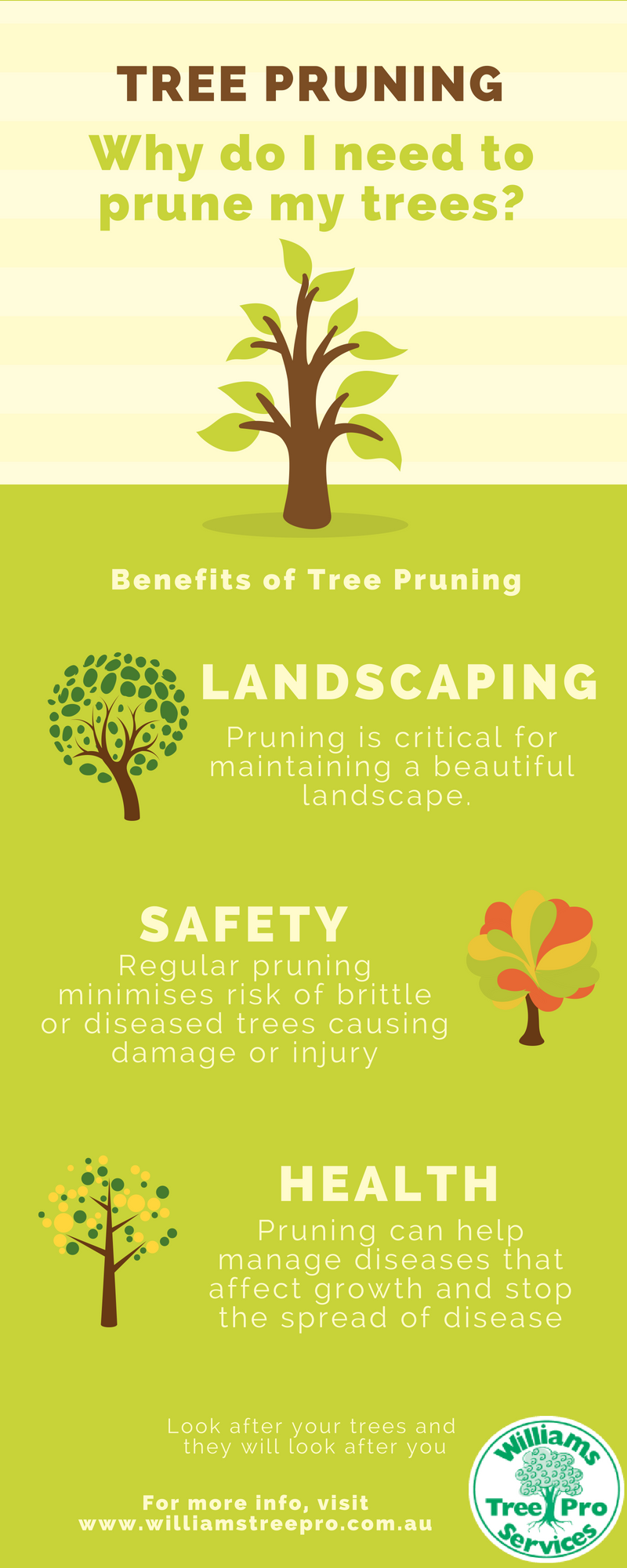Ideas That Suggest Tree Removal: Exactly How To Area Hazardous Trees
Ideas That Suggest Tree Removal: Exactly How To Area Hazardous Trees
Blog Article
Write-Up Author-Winther Cormier
When it involves tree treatment, identifying the indications that it's time for removal is essential for your safety and security and property. You could observe blemished leaves, wilting branches, or strange fungal developments suggesting illness. Structural concerns, like a substantial lean or cracks in the trunk, can also present threats. Recognizing these warning signs can aid you make informed choices about your trees and protect against potential dangers prowling in your backyard. What should visit this link seek following?
Indications of Degeneration and Condition
When you discover indications of degeneration and illness in your trees, it's vital to act swiftly. Try to find tarnished leaves, wilting branches, or uncommon developments like fungus. These can show that your tree is struggling.
If you see splits in the bark or soft, mushy wood, these signs and symptoms recommend inner degeneration. Furthermore, an abrupt increase in bugs around your tree can signal that it's deteriorated and at risk.
Look for any kind of dead or dying arm or legs, as they posture a threat to your residential property and safety. If you're uncertain concerning what you see, speaking with an arborist can provide clarity.
Resolving these indicators early can save you from more considerable damages and make sure the health of your backyard. Don't wait until it's far too late.
Structural Instability and Leaning
As you observe your trees, keep an eye out for any kind of indications of architectural instability or leaning. If a tree leans dramatically, it might show that the root system is endangered.
Try to find any type of fractures in the trunk or soil around the base; these can signify prospective failure. Additionally, check for unusual development patterns, like an uneven crown, which might recommend that the tree is battling to hold itself upright.
If you notice that the tree leans toward your home, high-voltage line, or other structures, it poses a better threat. Don't ignore these indications-- consult an arborist to evaluate the situation.
Acting early can protect against costly damage and ensure your safety.
Dead or Perishing Branches and Vegetation
If you notice dead or dying branches and vegetation on your tree, it's a clear sign that something's incorrect.
These unhealthy locations can indicate underlying problems like disease, pest infestations, or ecological stress and anxiety. When branches lose their fallen leaves or turn brownish, they're no longer contributing to the tree's health and wellness. Neglecting these signs can cause additional decrease, making your tree more harmful.
Dead branches can quickly break off during tornados, posing a threat to residential or commercial property and people nearby. It's essential to evaluate the degree of the damages.
If the issue affects a considerable part of the tree, think about speaking with an expert. They can help determine if elimination is essential to make sure security and keep the elegance of your landscape.
Conclusion
If you notice any signs of decay, structural instability, or dead branches on your trees, don't overlook them. These indicators can pose serious security threats to you and your home. https://www.google.com/maps/uv?pb=!1s0x87695392e3f6d517%3A0xc91102aef5ddf5d8!5sPrecision%20Timber%20Felling!15sCgIgARICEAE&authuser=2&imagekey=!1e10!2sAF1QipNVboydhQweAxlqt3v64DXpwY9PaqsObIqug9Fa 's constantly best to consult a professional arborist who can offer a specialist assessment of your trees. Taking action early can protect against accidents and pricey damages, guaranteeing your landscape remains risk-free and healthy and balanced. Bear in mind, it's far better to be positive about tree care than to wait on a disaster to happen.
